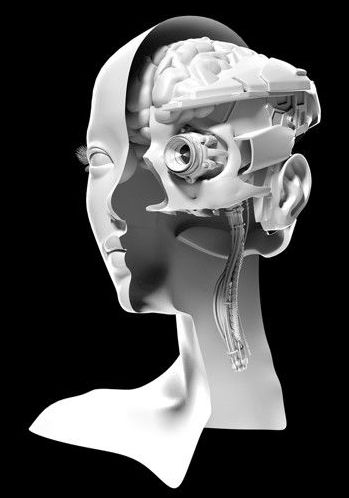
Get the latest international news and world events from around the world.

Longevity World Forum
1st conference upcoming in Nov. 2018, in Spain.
Cookies Policy This site uses cookies for you to have the best user experience. If you continue to browse you are giving your consent to the acceptance of the aforementioned cookies and acceptance of our cookies policy, click the link for more information.

Scary ‘Dynamoterror’ dinosaur discovered
The Tyrannosaurus rex may be among the most well-known and terrifying dinosaurs to walk the Earth, but a newly discovered relative may have been even scarier.
Dynamoterror dynastes, a variant of T. rex, was discovered in New Mexico in 2012 by a team of researchers, led by Western Science Center paleontologist Andrew McDonald. It has a slightly different bone structure compared to its successor cousin.
“Despite fragmentation of much of the axial and appendicular skeleton prior to discovery, the frontals, a metacarpal, and two pedal phalanges are well-preserved,” the study’s abstract reads. “The frontals exhibit an unambiguous autapomorphy and a second potential autapomorphy that distinguish this specimen from all other tyrannosaurids.”

The Pentagon’s Push to Program Soldiers’ Brains
The military wants future super-soldiers to control robots with their thoughts.
I. Who Could Object?
“Tonight I would like to share with you an idea that I am extremely passionate about,” the young man said. His long black hair was swept back like a rock star’s, or a gangster’s. “Think about this,” he continued. “Throughout all human history, the way that we have expressed our intent, the way we have expressed our goals, the way we have expressed our desires, has been limited by our bodies.” When he inhaled, his rib cage expanded and filled out the fabric of his shirt. Gesturing toward his body, he said, “We are born into this world with this. Whatever nature or luck has given us.”

Stephen Hawking’s final scientific paper released
Black Hole Entropy and Soft Hair was completed in the days before the physicist’s death in March.
• Black holes and soft hair: why Stephen Hawking’s final work is important.

Michigan wildlife officials warn hunters of ‘serious contagious disease’ in deer
Heads up, hunting enthusiasts: The Michigan Department of Natural Resources (DNR) is warning hunters in the state to be wary of bovine tuberculosis in deer, a disease that’s transmissible to humans, WSMH-News reported.
The “serious contagious disease” is caused by the bacteria Mycobacterium bovis, according to Purdue University. It’s spread “primarily through the exchange of respiratory secretions between infected and uninfected animals,” such as coughing or sneezing, according to the Michigan DNR.
Oklahoma Man Faces Charges For Shooting Deer Hours Before Hunting Season Starts

Scientists discover massive volcano graveyard hidden off the coast of Australia
It’s often said that we know less about what is hiding in Earth’s oceans than we do about what lurks in the depths of space. While that might be hyperbole, a new discovery off the coast of Australia certainly lends weight to the argument.
Hidden some 2,000 meters beneath the waves off the east coast of Australia, researchers stumbled upon something they didn’t even know was there: a massive volcano graveyard that they are calling the “Lost World” of extinct underwater volcanos.

New FAA Rules for Drones Go Into Effect
The 2018 FAA Reauthorization Act maintains a distinction between recreational and commercial activities, but the FAA is no longer constrained by law not to impose rules on the former: Section 336, which had previously carved out an exception for model aircraft, has been entirely repealed. In its place is a new Section 349, which covers what the FAA expects of recreational flyers.
The title of Section 349 betrays a very different attitude compared with the earlier Section 336. It reads: “Exception for Limited Recreational Operations of Unmanned Aircraft.” No more calling them model aircraft: Small models—including things sold as toys, even paper airplanes—are referred to as “Unmanned Aircraft.”
That seems a little ridiculous to me. In my view, the FAA is committing what philosophers sometimes call the fallacy of the beard: A paper airplane is clearly not something the FAA should worry about, whereas a large octocopter with whirring blades carrying a heavy camera is. But where do you draw the line? The FAA refuses to set a threshold under which it bows out, insisting that everything not carrying people and capable of flight is an “unmanned aircraft” requiring the agency’s oversight and regulation.